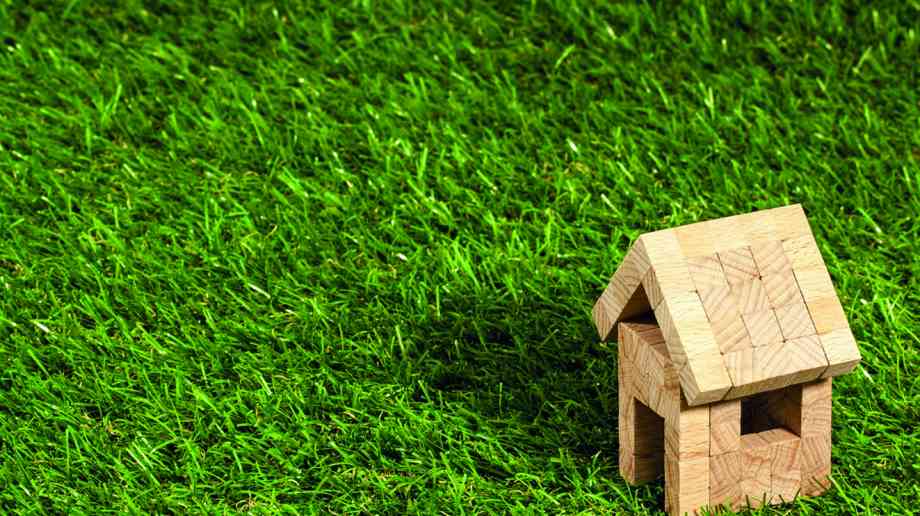
Designing-in air quality improvements
Graeme McCutcheon discusses the hidden danger of poor indoor air quality and how to protect children from exposure to pollutants by improving school building design
The drive towards healthy and comfortable environments in our schools is one which requires significant focus and is a priority for building designers and engineers in the industry. As professionals in building design, we play a key role in creating healthy indoor environments that protect and improve the wellbeing of school children, in both refurbished and new school buildings across the UK.
The UK has the highest prevalence of childhood asthma among all European countries and in 2016, it was reported that 443 primary schools in London were exposed to levels of nitrogen dioxide that breach EU legal limits, which the government accepts are harmful to health.
This number dramatically increased to over 800 when other educational institutions, including nurseries, secondary schools and colleges, are included.
A complex issue
School-aged children are more vulnerable to airborne pollutants than adults, and thousands of young people are currently breathing in our cities’ toxic air in playgrounds and classrooms. As a result, this issue needs to be met head on.
Creating optimum Indoor Air Quality (IAQ) in schools is a complex issue and requires a holistic approach and ‘buy in’ from all parties, from building designers through to contractors or operators of schools. Factors such as the location of the school (urban or rural), room orientation, acoustics, window design and even materials such as carpets, paints and cleaning products with low or no Volatile Organic Compound (VOC) levels all play a significant part.
However, if occupants do not to use the building in the way it was intended, then even the best designed schools will fail to meet the intended standards of air quality. This is where ‘bridging the gap’ between design and operation comes into its own, requiring the correct sensors and monitoring equipment to be installed during design, so that we, and building designers and engineers, can better understand patterns, trends and uses during occupation. We can then adjust and advise as appropriate to ensure that the building is being used as intended.
New regulations
The recent updates to Building Bulletin 101 (2018) is a welcomed step in the right direction to improve indoor air quality in schools and as a result we will see more focus on passive design strategies and mechanical ventilation, as well as priority given to post occupancy thermal comfort.
Within BB101 (2018), requirements for CO2 levels have reduced to a maximum of 2000ppm for mechanically ventilated buildings and 1500ppm for naturally ventilated buildings and whilst this is good news, this will have a significant impact on school design. In recent times the focus in the UK has been on natural ventilation and reductions in energy consumption rather than mechanical ventilation. Because of the new limit, we will see an increased requirement for mechanical ventilation, however if more mechanical ventilation is used then there will be a capital cost penalty for construction as well increases to both maintenance and operational costs. The challenge for building designers is how we can guide schools to explore how best to implement such systems into their buildings in the most cost-effective way and measure the social and economic benefits of improved IAQ.
Ventilation
Expert research (Wargocki, Wyon – 2013) from the International Centre for Energy and Indoor Climate in Denmark concluded that improving ventilation rates in classrooms improved learning performance by 14 per cent. These are significant findings and evidence of how improved IAQ can improve our children’s ability to be smarter and improve attainment levels in schools in the UK.
However, whether these new guidelines ‘go far enough’ could be up for debate. As a Danish organisation, Ramboll naturally looks at our peers for insight into their ways of designing. Danish schools have made significant steps to improve air quality in schools over the last 20 years, so we have naturally collaborated with colleagues in Denmark to learn how to further improve school design in the UK. Danish schools target a maximum of 900ppm of CO2 in classrooms, so most new build schools are mechanically ventilated: as this is not something ground breaking, we can all learn from their way of doing things. Through this collaboration we are ideally placed to work with our clients to find the best ways to implement good IAQ through previous experience.
However, this is a complex issue that goes beyond building design. VOCs in materials and furniture play a significant role. Human exposure to VOCs occurs through inhalation or skin contact, and they can be found in a wide range of materials. It’s always important to consult the latest guidelines and consulting the Accredited WELL Building Assessors can be invaluable in deciding how to deal with and mitigate these within design for new and refurbished schools.
The WELL Building Standard restricts the inclusion of materials that contain such pollutants to minimise occupants’ exposure to VOC chemicals. It recommends reducing indoor sources of VOCs such as formaldehyde, phthalates, or halogenated flame retardants contained in furniture, waterproofing membranes, piping, insulation or composite wood products to a minimum. WELL encourages subsequent purchasing of compliant products for building maintenance or repair that meet this low-VOC threshold (such as paints or wallpaper) so the levels remain low throughout the building’s life. We can demonstrate that these VOC levels are maintained at a low level by Post Occupancy Formaldehyde Testing and sensors, and in turn can show that classroom IAQ can be improved this way.
The link between design and operation also comes into play here as VOC levels can be impacted by one of the most mundane routines – cleaning. Cleaning products such as air fresheners or floor cleaners may contain VOCs. To lower the risk of increasing VOC levels from cleaning, WELL recommends providing safer cleaning products whose ingredients are not classified as carcinogenic mutagenic or reprotoxic, or otherwise listed under the Globally Harmonized System (the internationally agreed-upon standards for labelling material as hazardous or not). The use of protective equipment is also encouraged along with adequate ventilation. By encouraging schools to use these standards, we can help improve IAQ.
Green Walls
Of course, we cannot immediately upgrade the majority of our existing school building stock, and retrofitting of ventilation and façade upgrades may be extremely expensive or just not feasible. Cheaper alternatives such as increasing the surrounding green infrastructure by planting more trees and creating ‘green walls’ around the school can be used. These design ideas are more effective in an urban environment where external air quality levels are poorer, however these will have a positive influence on the environment in and around schools generally.
What is clear is that we have an obligation as building designers to ensure that good quality indoor environments should be a key priority when designing new schools and refurbishing existing ones. Engineers and schools must work together to find the most cost effective, robust solutions to achieve better indoor air quality in schools.
Graeme McCutcheon is an associate at Ramboll
Further Information:Latest News
31/10/2025 - 10:12
A growing number of UK children are now eligible for Free School Meals (FSM), yet most still aren’t taking advantage of them on a daily basis, new research reveals.
30/10/2025 - 01:28
In the wake of the Raac crisis, the DfE spent £5 million on research into the condition of school buildings, which is due to conclude in spring 2026.
30/10/2025 - 01:09
Malmesbury Primary School in Wiltshire has submitted plans for a major expansion, funded by entrepreneur James Dyson.
30/10/2025 - 00:55
Monday's Every Pair Tells a Story campaign to protest to highlight the national crisis in SEND provision.
29/10/2025 - 09:19
Estimated data from the Department for Education reveals that 470,000 pupils under 16s use local authority funded transport to get to school.







